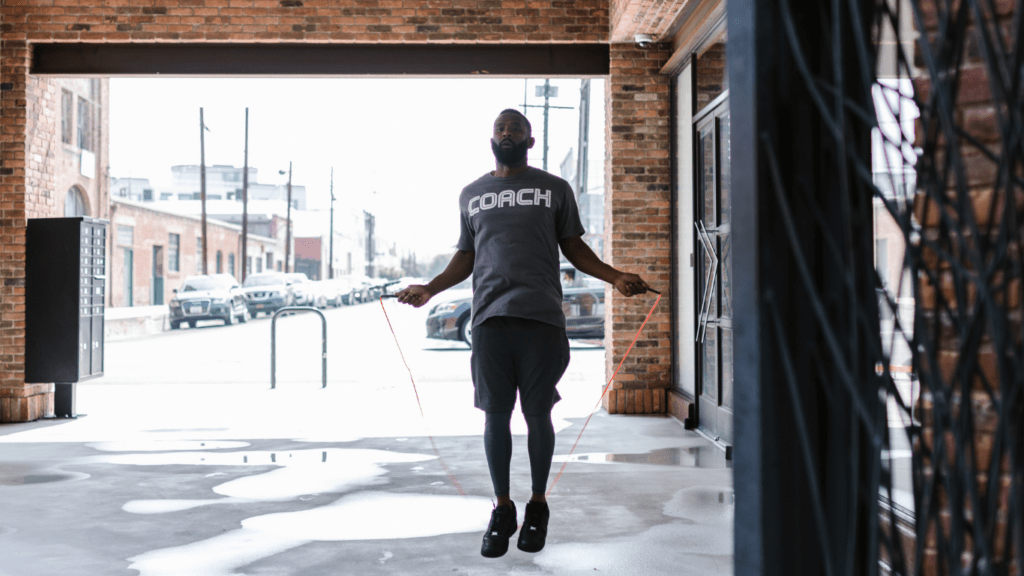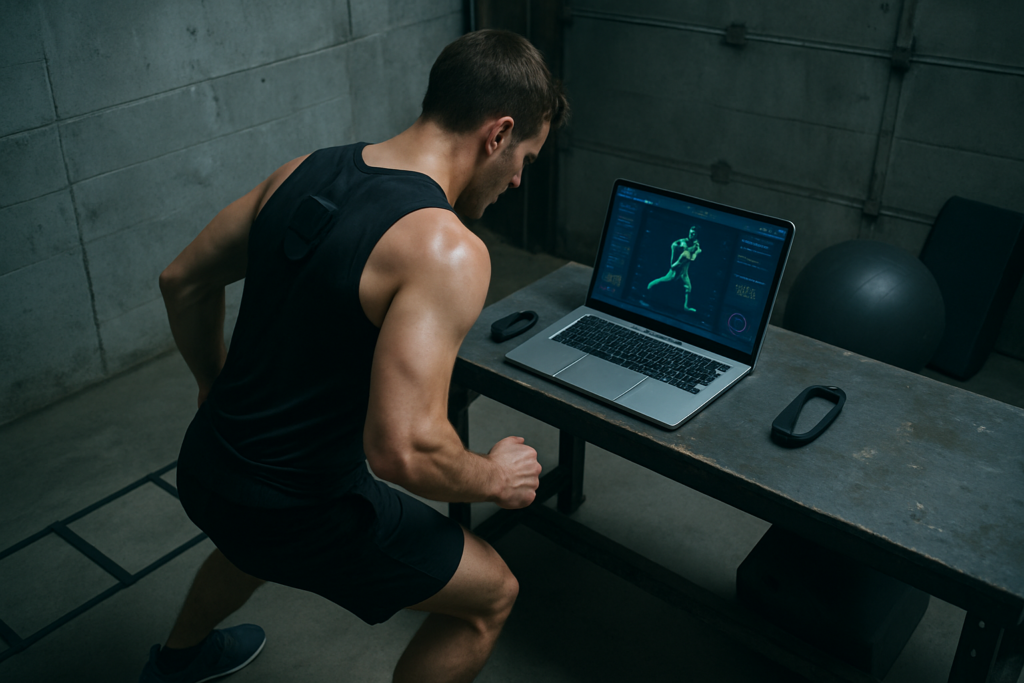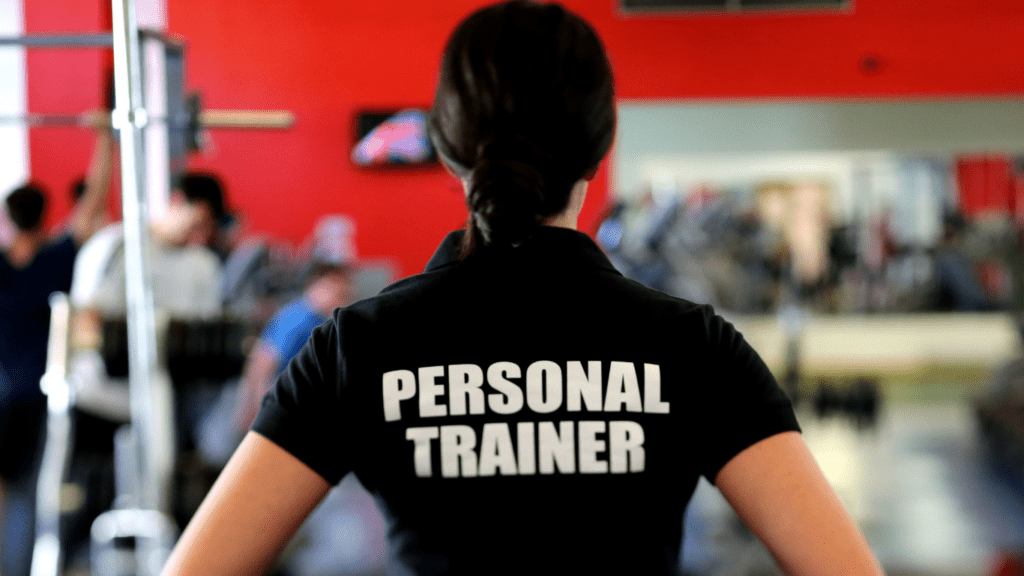High-Intensity Interval Training (HIIT) has transformed the way athletes approach their fitness routines. Gone are the days of monotonous cardio sessions; now, it’s all about maximizing performance in a fraction of the time.
As an athlete, I’ve seen firsthand how HIIT can push the limits of endurance and strength, making it a game-changer in training regimens. In this article, I’ll explore how HIIT is being redefined to cater specifically to the needs of athletes.
From tailored workouts to sport-specific drills, I’ll dive into innovative techniques that not only enhance athletic performance but also reduce the risk of injury. Whether you’re a seasoned pro or just starting out, understanding these new approaches can elevate your training and help you achieve your goals faster than ever.
Overview of High-Intensity Interval Training (HIIT)
High-Intensity Interval Training (HIIT) transforms athletic training by prioritizing efficiency and performance enhancement. This approach emphasizes short bursts of intense exercise followed by rest or low-intensity periods.
Definition and Key Concepts
HIIT consists of alternating between high-intensity work intervals, often lasting 20 to 60 seconds, and recovery periods, which can range from 30 seconds to several minutes. This method targets aerobic and anaerobic energy systems, enhancing endurance and power.
Key concepts include the emphasis on maximal effort during work intervals and active recovery techniques, which can involve light movement or complete rest, depending on the athlete’s goals.
Historical Context and Evolution
HIIT originated in the 1930s with the work of Swedish coach Gösta Holmer, who developed the “fartlek” training concept, blending speed and endurance training. The formalization of HIIT gained traction in the 1980s, particularly in the research of Dr. Izumi Tabata, who illustrated its effectiveness for improving aerobic and anaerobic fitness.
Over the years, HIIT evolved to incorporate sport-specific drills tailored for athletes, resulting in a versatile training method used across various sports disciplines, proving its lasting impact on athletic performance.
Benefits of HIIT for Athletes
HIIT offers numerous advantages for athletes, significantly improving their performance and training efficiency. Here’s a closer look at some key benefits.
Enhanced Performance Metrics
HIIT improves various performance metrics crucial for athletes. Research shows that HIIT boosts VO2 max, anaerobic capacity, and overall speed compared to traditional steady-state workouts.
Consistent HIIT sessions increase my muscular endurance, allowing me to sustain high-intensity efforts during competitions. Additionally, it enhances recovery through increased lactate clearance, reducing fatigue in subsequent training sessions or events.
Time Efficiency and Training Adaptation
HIIT maximizes time efficiency, allowing athletes to achieve optimal results in shorter workouts. A typical HIIT session ranges from 20 to 30 minutes, making it easier to fit into busy training schedules.
This time-saving aspect enables me to focus on specific skills or techniques outside of HIIT. Furthermore, the varied intensity of HIIT promotes continual adaptation in my body, reducing the risk of plateaus and maintaining consistent performance improvements. The high workload also engages various muscle groups, fostering overall athletic development and physical conditioning.
Methods of HIIT for Athletes
Various methods of High-Intensity Interval Training (HIIT) cater specifically to athletes, emphasizing sport-specific adaptations and performance goals. Here’s a closer look at traditional and innovative approaches.
Traditional HIIT Protocols
Traditional HIIT protocols focus on structured intervals of intense exercise followed by recovery periods. These often include:
- Tabata Method: 20 seconds of ultra-intense effort followed by 10 seconds of rest, completed for a total of four minutes. This method enhances anaerobic capacity and overall endurance.
- Basic Interval Training: Alternating between sprinting and walking or jogging. An example would be 30 seconds of sprinting followed by 1-minute recovery, repeated for 20-30 minutes, promoting cardiovascular efficiency.
- Fartlek Training: Combining continuous training with HIIT principles, this method involves varying speeds throughout a run. Athletes can sprint, jog, and walk in a non-structured manner, improving both aerobic and anaerobic systems.
Innovative HIIT Approaches
Innovative HIIT approaches incorporate cutting-edge techniques tailored to specific athletic performance needs. Key methods include:
- Plyometric HIIT: Integrating explosive movements, such as box jumps or burpees, with intervals of brief recovery. This enhances power output and accelerates fast-twitch muscle fiber engagement.
- Sport-Specific Drills: Tailoring intervals to mimic game scenarios, such as shuttle runs for soccer or quick footwork drills for basketball. This approach develops agility and sport-specific skills.
- Circuit Training HIIT: Combining multiple strength training exercises with short bursts of cardio. Athletes perform a series of movements for a set time, then rest before repeating, minimizing recovery time and maximizing workout efficiency.
Each method of HIIT offers distinct benefits, helping athletes enhance specific performance metrics while maintaining a focus on efficiency and adaptability. By incorporating a mix of traditional and innovative protocols, I tailor my training to meet the demands of my sport and achieve optimal results.
Considerations When Implementing HIIT
Implementing HIIT requires careful attention to certain factors that can significantly impact effectiveness and safety for athletes. I focus on two critical considerations: the risk of injury and the individualization of training programs.
Risk of Injury
Athletes face a heightened risk of injury when engaging in high-intensity workouts. I’ve observed that improper form or inadequate warm-up routines often lead to strains and sprains. To mitigate this risk, I prioritize proper technique and ensure comprehensive warm-ups before HIIT sessions, which prepare muscles and joints for explosive movements.
It’s essential to integrate progressive overload, gradually increasing intensity and volume for adaptation. Additionally, I advocate for recognizing an athlete’s limitations and modifying exercises to prevent overexertion, particularly during the initial phases of HIIT implementation.
Individualization of Training Programs
I believe tailoring HIIT programs to individual athlete needs significantly boosts performance and minimizes injury risk. Each athlete possesses unique fitness levels, sport-specific demands, and recovery capacities.
I assess these factors through comprehensive evaluations, including strength assessments and endurance capabilities. These evaluations inform the creation of customized HIIT protocols that align with an athlete’s goals. Furthermore, I adjust intensity, volume, and recovery periods based on ongoing performance metrics, ensuring continuous adaptation and progress. Individualization fosters engagement and maintains motivation, aiding in long-term athletic development.




